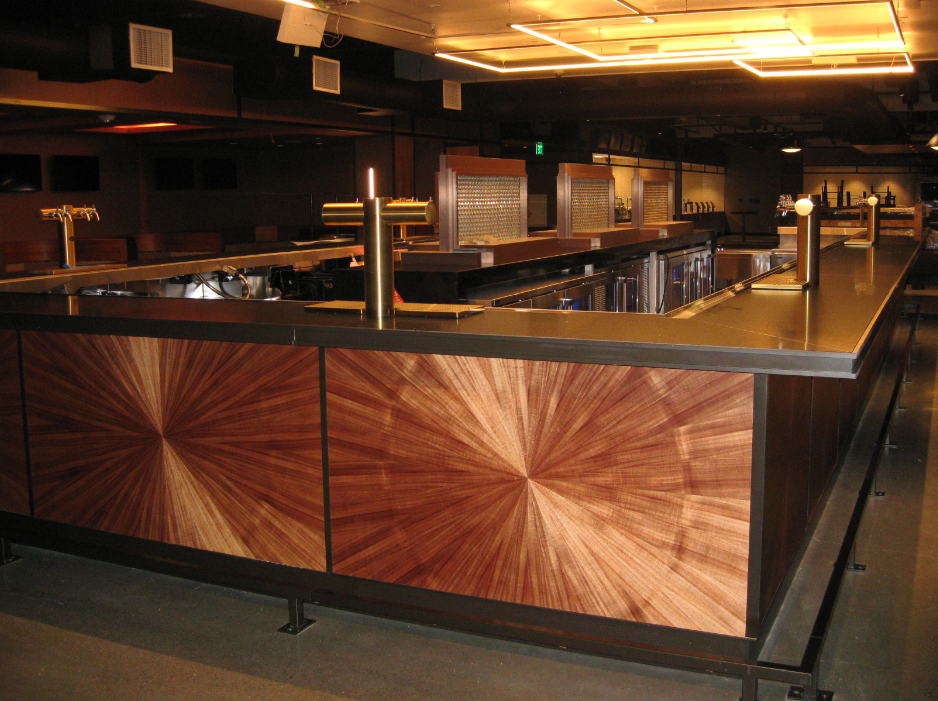Tasting mead is quite literally tasting history. Over time, it has been the drink choice of kings, the nectar of the gods, and a literary staple. Mead is a craft beverage that is growing in popularity across the United States. See why this honey-based drink is back to creating a buzz in the beverage industry.
What is Mead?
Mead, also referred to as honey wine or medovina, is an alcoholic beverage made by fermenting honey with water and yeast. Much like craft beers, other ingredients like fruits, spices, and hops are added for additional flavors. Styles of mead vary and can range from sweet, dry, sparkling, and still, all served chilled.
Mead is often lumped in with craft beer or wines for different reasons. With beer, it's because of mead's use of hops. Meads and wines share similar fermenting temperatures and yeast strains. Additionally, meads are served in wine glasses. Similarities aside, mead is in a class by itself.
History of Mead
Based on research and artifacts, it is very possible that mead is the oldest alcoholic beverage in existence, out-dating both beer and wine. Chinese pottery dating back to 7000 B.C. shows evidence of mead fermentation.
Along with the Chinese, mead was consumed by the ancient Greeks and Africans as far back as 3000 B.C. It would stretch across multiple civilizations from Vikings to Egyptians to Romans to Mayans. In Norse mythology, the Poetic Mead is a magical beverage that was created using the blood of a wise man who knew everything. Anyone who would drink the mead obtained this power of intelligence.
By the same token, in Ancient Greece, it was believed that mead was sent from the gods and collected by bees, since bees were considered the gods’ messengers. The first instance of “beer muscles” could be traced back to mead, as many believed it gave those who drank it superior strength and intelligence.
Mead was a favorite among kings and queens throughout history. King Midas swilled the golden elixir from his golden chalice. Queen Elizabeth even had her own unique mead recipe.
During the medieval times, mead was especially popular. Would you believe that the honeymoon we know today began because of mead? After marriage, the bride and groom were given enough mead, or honey wine, to last a full moon cycle. The mead was believed to promote good luck, fertility, and virility. Not quite a cruise to the Caribbean.
References of mead in classic literature are prominent and are included in the works of J.R.R. Tolkien, George R. R. Martin, and Chaucer’s Canterbury Tales. Mead also plays a role in the epic poem, Beowulf.
Mead Today
Like the rest of the craft movement, mead is undergoing a resurgence. As the craft beer movement continues to grow, it has sparked growth in sub-categories like cider and mead. In the United States alone, there are over 300 meaderies in use. Just as grape selection is vital for wine makers, mead producers treat honey in the same way. The use of a variety of blossoms and flowers produce multiple flavors of honey.
Different varieties of mead go by different names. These include melomel, a mead with juice or fruit, and braggot, a mead/beer hybrid that is brewed with malt and hops. Like craft beer and wine, craft mead popularity continues to grow and more styles and flavor profiles will follow.
The best way to taste history is to store and dispense it properly.
Whether a bar or beverage program is storing mead or wine, it needs to preserve both the rich taste and the rich history of the beverage.








